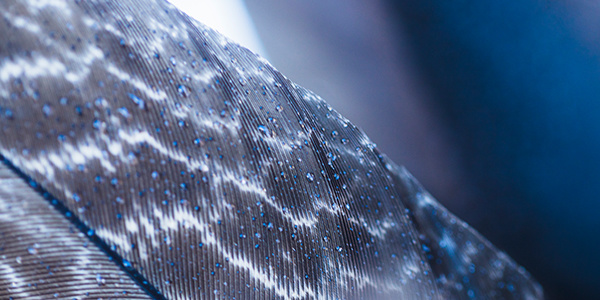
Understanding Non-Woven Production Lines: A Comprehensive Guide
Release time:
2025-10-07
Non-woven production lines are crucial to the manufacturing of various textile products, which do not require traditional weaving or knitting processes. Instead, these lines employ a variety of methods to bond fibers together, creating a fabric that is often more versatile and cost-effective than woven alternatives. Understanding the components and processes involved in a non-woven production line can provide valuable insights for those in the manufacturing sector.
One of the primary methods used in non-woven production is the dry laid process, where fibers are laid out in a specific pattern and then bonded using heat, pressure, or adhesive. This technique is often favored for its efficiency and the ability to produce large volumes of material quickly. In contrast, the wet laid process involves using water to bond the fibers together, resulting in a more uniform fabric that is particularly useful for applications requiring higher absorbency, such as wipes and medical textiles.
The production line typically consists of several key components. First, the fiber feeding system introduces raw materials, which can include synthetic fibers like polypropylene and polyester or natural fibers such as cotton. Once the fibers are collected, they are processed through carding machines, which disentangle and align the fibers into a web formation. This web is then subjected to bonding techniques, such as needle punching, thermal bonding, or chemical bonding, depending on the desired properties of the final product.
One of the significant advantages of non-woven production lines is their adaptability. These systems can be tailored to produce a wide range of products, from geotextiles used in construction to medical gowns and masks, highlighting their importance across various industries. Additionally, non-woven fabrics are known for their lightweight, durability, and ability to provide filtration, making them essential in sectors like healthcare, automotive, and consumer goods.
Environmental considerations are also becoming increasingly important in the non-woven textile industry. As sustainability becomes a focal point, manufacturers are exploring the use of recycled materials and eco-friendly processes in their production lines. Innovations in technology, such as the development of biodegradable non-woven materials, are paving the way for a more sustainable future in textile manufacturing.
In conclusion, non-woven production lines represent a pivotal advancement in textile manufacturing. Their unique processes and products play a vital role in numerous applications, highlighting their significance in today's market. As technology continues to evolve, the potential for non-woven fabrics and their production lines will only expand, offering exciting opportunities for innovation and sustainability within the industry.
One of the primary methods used in non-woven production is the dry laid process, where fibers are laid out in a specific pattern and then bonded using heat, pressure, or adhesive. This technique is often favored for its efficiency and the ability to produce large volumes of material quickly. In contrast, the wet laid process involves using water to bond the fibers together, resulting in a more uniform fabric that is particularly useful for applications requiring higher absorbency, such as wipes and medical textiles.
The production line typically consists of several key components. First, the fiber feeding system introduces raw materials, which can include synthetic fibers like polypropylene and polyester or natural fibers such as cotton. Once the fibers are collected, they are processed through carding machines, which disentangle and align the fibers into a web formation. This web is then subjected to bonding techniques, such as needle punching, thermal bonding, or chemical bonding, depending on the desired properties of the final product.
One of the significant advantages of non-woven production lines is their adaptability. These systems can be tailored to produce a wide range of products, from geotextiles used in construction to medical gowns and masks, highlighting their importance across various industries. Additionally, non-woven fabrics are known for their lightweight, durability, and ability to provide filtration, making them essential in sectors like healthcare, automotive, and consumer goods.
Environmental considerations are also becoming increasingly important in the non-woven textile industry. As sustainability becomes a focal point, manufacturers are exploring the use of recycled materials and eco-friendly processes in their production lines. Innovations in technology, such as the development of biodegradable non-woven materials, are paving the way for a more sustainable future in textile manufacturing.
In conclusion, non-woven production lines represent a pivotal advancement in textile manufacturing. Their unique processes and products play a vital role in numerous applications, highlighting their significance in today's market. As technology continues to evolve, the potential for non-woven fabrics and their production lines will only expand, offering exciting opportunities for innovation and sustainability within the industry.









